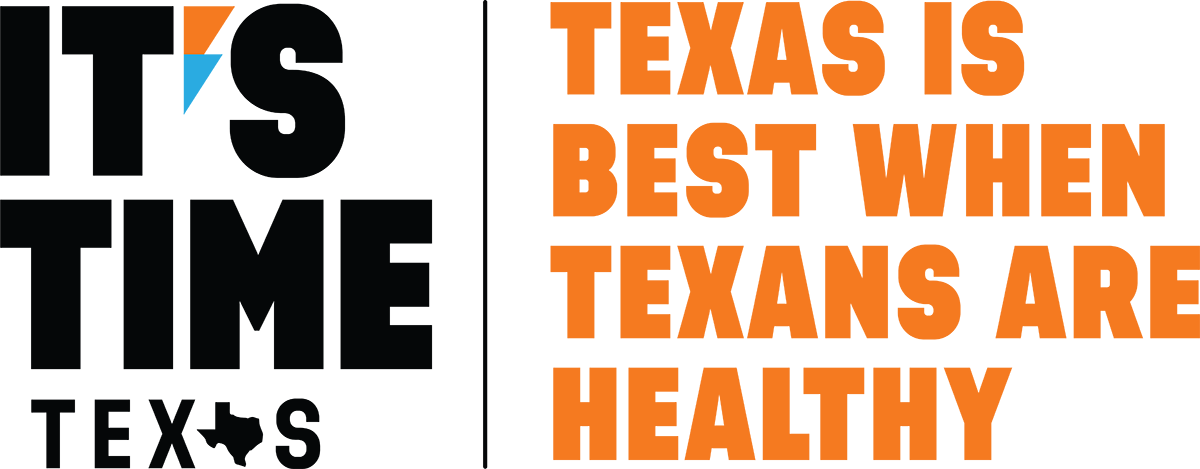The Blog
How Can We Be Both? The Hunger Obesity Paradox Explained

An seemingly contradictory phenomenon has taken hold in the US: the simultaneous prevalence of obesity and hunger in our population, especially among low-income Americans. How is it possible that we have large groups of people who are both hungry and overweight? Many studies have attempted to answer this question and the results have varied, but a few findings have been consistent across the board.
The first question that needs to be addressed when discussing the “hunger obesity paradox” is who it affects most. According to an article by the Food Research & Action Center (FRAC), “the strongest and most consistent evidence is for a higher risk of obesity among food insecure women,” (food insecurity being an official government term defined as the lack of access and resources to enough food for an active, healthy lifestyle). In particular, the article notes that, “a study of more than 7,930 US adults found that household food insecurity was associated with being overweight or obese among mothers, but not among fathers, child-free women, or child-free men”. So, it can be stated that food insecurity combined with being overweight or obese is most prevalent in the low-income/food insecure, maternal population. Another study focusing on three cities in the US including San Antonio, found that, “maternal stress in combination with adolescent food insecurity significantly increased an adolescent’s probability of being overweight or obese”. In other words, if a mother is experiencing food insecurity, and therefore an increased risk for obesity, then her children will be exposed to the same increased risk of being overweight/obese.

The choice between affordable, unhealthy food and more expensive, healthy food is a driving factor behind the hunger/obesity paradox.
The next question that needs to be addressed is why this hunger obesity paradox occurs. One possible cause highlighted in the FRAC article is the fact that, “Households with limited resources to buy enough food often try to stretch their food budgets by purchasing cheap, energy-dense foods that are filling… energy-dense foods typically have lower nutritional quality and, because of overconsumption of calories, have been linked to obesity”.
The “Feast or Famine” phenomenon, or the fact that, “those who are eating less or skipping meals to stretch food budgets may overeat when food does become available”, has also been pointed to as a possible cause for the concurrence of hunger and obesity, especially for low-income mothers. Feast or Famine, “is especially a problem for low-income parents, particularly mothers, who often restrict their food intake and sacrifice their own nutrition in order to protect their children from hunger”. In addition to Feast or Famine, the FRAC article points to higher levels of stress, anxiety, and depression, fewer opportunities for physical activity, greater exposure to marketing of obesity-promoting products, and limited access to health care in low-income populations as driving factors behind the hunger obesity paradox.
Rachel Kwan, Director of Strategic Partnerships for Feeding Texas, a partner organization of ours that moves millions of hungry Texans toward food security through a statewide network of food banks, shared, “Our food bank clients often make tough choices that affect their health. When food budgets are stretched thin to pay for basic needs, such as housing and transportation, healthy foods, which are often more expensive, are no longer viable options”. But Feeding Texas is one of many Texas organizations addressing this issue through education. “Feeding Texas and our network of 21 food banks provide ‘Feeding With Impact’ programs, which pair fresh produce with evidence-based nutrition education to empower our clients toward better health”. Another Texas organization providing fresh, healthy food to families in need and pairing that food with nutrition education, is Brighter Bites! Our friends at Brighter Bites have delivered more than 10 million pounds of fresh produce and are empowering families across Texas to prepare that produce in delicious, healthy ways.

Many farmers’ markets now accept, or even match, SNAP dollars.
Also in an effort to make fresh produce more accessible, certain farmers’ markets will match SNAP dollars, effectively doubling the buying power of those who had limited access to such healthy foods before. To raise awareness of these match programs, we will be creating our next bilingual Living Healthier video series in 2017 with tips to navigate farmers’ markets on a budget.
There is a clear, troubling link between hunger and obesity in the US, especially among low-income Americans and their families. It is true that there is an abundance of food in our country, but what is also true is that much of that food, while cheap and calorie dense, is extremely unhealthy. Making healthy, nutrient-rich foods more widely available to all segments of the population, and pairing that food with nutrition and general wellness education, is one major way the hunger obesity paradox can be addressed. We at IT’S TIME TEXAS, and our many partner organizations, will continue working diligently to reduce both hunger and obesity in our great state.
